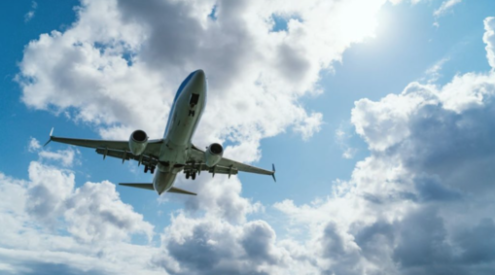The Coast2Coast4CANSA team are currently in East London having enjoyed two excellent days at sea in the Eastern Cape. This is in stark contrast to the beating the team took on the KZN coast as a result of the passing of a huge cold front which brought with it gale force winds and huge seas. The team were greeted by the rock massifs that characterise this stretch of the Eastern Cape, from Waterfall Bluff to Hole-in-the-Wall and on to East London itself. These huge cliffs descend into the ocean and must surely be some of the most impressive examples of these formations to be found anywhere on the planet. The calm seas and windless conditions allowed the team to enter the Horse Shoe Falls in the Mkambati Nature Reserve, stand under the waterfall at Waterfall Bluff and drive through the iconic Hole-in-the-Wall.
The “Marine Census” component of this epic adventure, to raise funds and awareness for cancer in association with CANSA and sponsored by Spar and Acer, took a giant leap forward on the leg from Coffee Bay to East London. The settled conditions have clearly allowed the marine animals to re-establish an inshore presence and the combination of the south west winds and south flowing current have pushed warmer water inshore and south. The team were greeted by a pair of humpback dolphins at Hole-in the-wall. This species is particularly vulnerable on the South African coast where fewer than two hundred individuals are thought to exist. Their cousins, the bottlenose dolphin, however are far more numerous and this was highlighted by regular sightings of large pods ranging in size from ten to over sixty animals from Mazeppa Bay to East London.
The team was also privileged to encounter a manta ray with a wingspan of over four meters. This is thought to be the southernmost range extension of these magnificent animals and although not common this far south in light of the current convergence of conditions an explicable occurrence this late in the season.
Whilst passing Nahoon point, the team encountered an eight meter long Brydes whale. These secretive giants feed on shoaling fish and squid, having perfected a technique of stealing the fish balls that dolphins and sharks have worked hard to aggregate them perhaps the largest kleptomaniacs in the world. Our sighting of this coastal dweller was in association with a pod of bottlenose dolphin and is quite far north for this early in the season. Perhaps an early indication of the exciting sightings ahead for the team as they encounter the first signs of the Sardine Run in the days ahead.
The sighting of sea birds is on the rise with the Cape gannet being the most numerous but some petrels, cormorants and gulls also spotted. We expect to encounter large numbers of gannets in the coming days.















